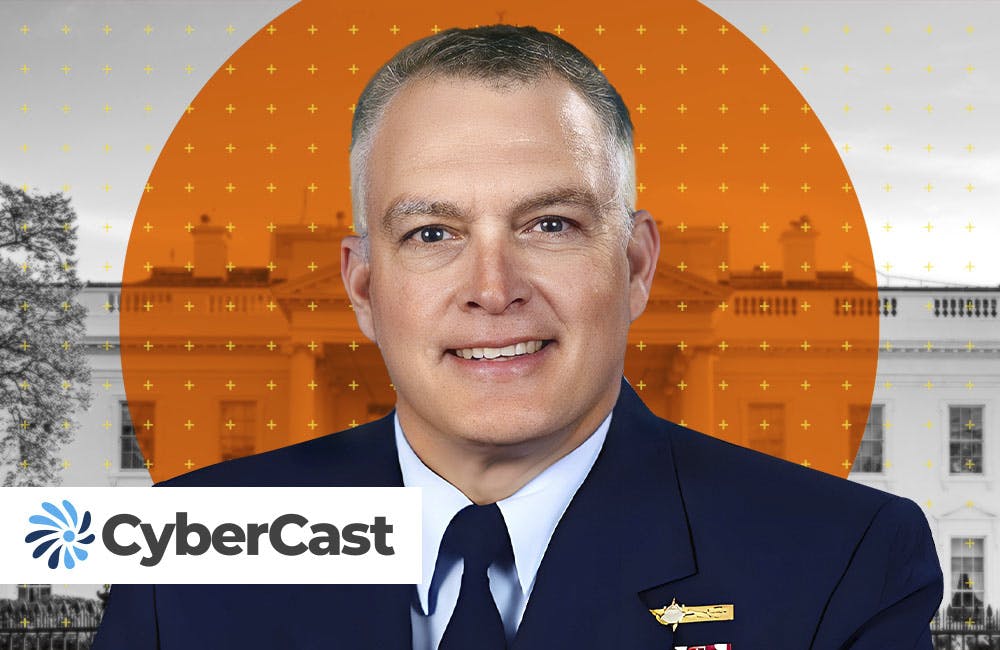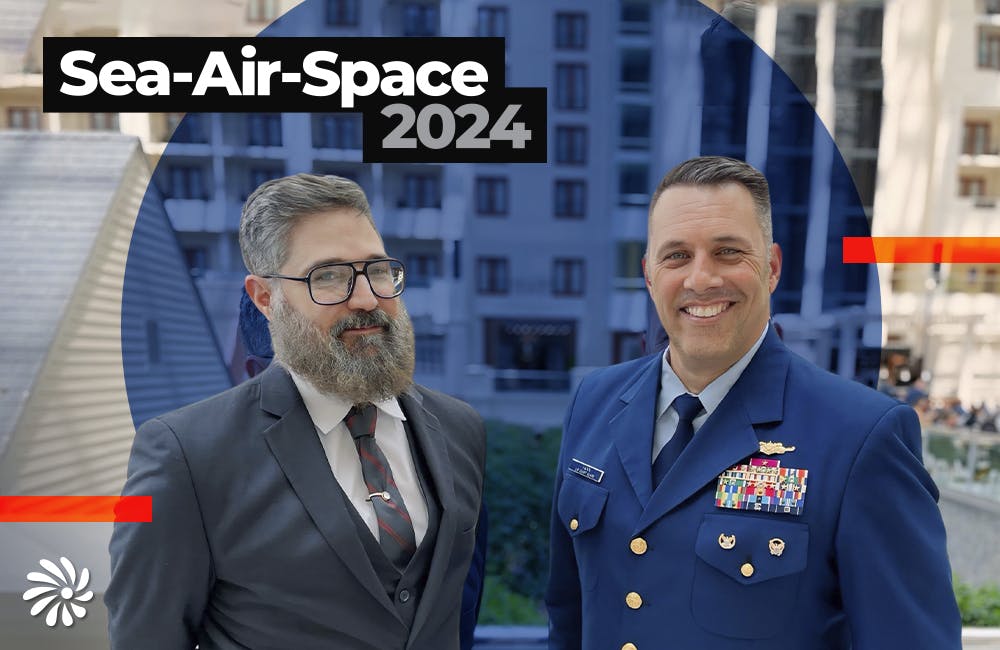Acquisition Innovation is Boosting Sea Service Capabilities
Leading officials from Coast Guard, Marines and Navy cited innovation in contracting as a major reason for better delivery of technology.

SAN DIEGO – Improvements in contracting processes and contacting talent management are key to combatting escalating global threats, leaders said last week at AFCEA West.
“We are innovating. The fleet that the Coast Guard’s building is much more global, and much more integrated and interchangeable with the Navy than we ever have before,” Coast Guard Assistant Commandant for Acquisitions Chief Acquisition Officer Rear Adm. Chad Jacoby said during a panel on acquisition and readiness.
The changing approach to acquisition is not just within the work the Coast Guard does with the Navy, but also in strategy and mindset. Jacoby cited that culture shift as critical to readiness.
“We used to be able to think of acquisition as a finite task that you would do for 10 years and then be done and walk away,” Jacoby said. “I see these programs not exiting the acquisition cycle. So, we’re setting up a lifecycle management concept for the Coast Guard.”
Brig. Gen. David Walsh, commander of Marine Corps Systems Command, said that change can be difficult to implement in acquisition, but it is critical to make the workforce as effective as possible.
“We’ve done some reorganization looking to make the workforce more mobile, more agile, between programs as … we shift our priorities, we can move the acquisition workforce to support those as best we can,” Walsh said.
Walsh added that moving away from risk aversion and toward stronger business principles has enabled the Sea Services to modernize and provide better solutions for warfighters.
“On the business side of acquisition, getting past some of the technical risk aversion, some of the contractors’ aversion that really slows down progress, politics, partnerships with the folks in the room here with our partners across the academic community,” Walsh said. “We can come to that solution at collaborative solutions deliver capabilities faster.”
Speed is always paramount for the Sea Services. Rear Adm. Douglas Small, commander of Naval Information Warfare Systems Command (NAVWAR), echoed earlier comments by keynote Adm. Samuel Paparo.
“I’ll just restate what Adm. Paparo said: we’re never going to be satisfied [with the speed of acquisition]. I think there are areas where we are moving pretty quickly,” Small said. “There’s plenty of areas where we are moving at pace, we will never ever be satisfied that we can go fast enough. But it’s a whole system required to do that.”
Officials said that it was important to learn from mistakes, continuing to grow and adjust to the lessons of the risks that did not bring rewards. Collaboration is part of that, whether with industry partners, international allies or even within the Defense Department.
“We’re learning and we’re growing. We’re building that culture throughout our whole system,” said Rear Adm. Keith Hash, commander of Naval Air Warfare Center’s Weapons Division and assistant commander for test and evaluation at Naval Air Systems Command (NAVAIR). “I’m looking forward to continuing to build that with our partners with cross the enterprise of the Navy, our joint force or allied force, especially with our industry partners as we work together to build our future.”
Finding the core of challenges is important to that learning. Holding people and offices accountable for project management and performance can lead to positive outcomes.
“The approach we’re taking is challenging teams to look at what is the root cause the problem. You have to set aggressive and specific targets about what it’s going to take to fix that problem, to then take the action and so we can track our progress to it,” Hash said. “I personally am leading a few pilots in capability where we’re taking months out of the acquisition timeline, for torque, for weapons and for platforms delivering software on an iterative basis.”
In many cases, the strides that the services have made has outpaced industry, Smalls said, citing connectivity as one example and software as another.
“When I first got here, there was no proliferated [low-Earth orbit] constellation that you could put antennas on every single ship before they deployed and now we put three of them on aircraft carriers on one on every other ship that’s deployed,” Smalls said. “[We] have pulled the commercial industry along in terms of what the Navy needs to be able to use these things as transport for warfighter information.”
These innovations are just part of the way the services operate now, Small said.
“We are a fully fledged software factory delivery machine. We have delivered hundreds of applications over the air to ships at sea, trained hundreds of sailors on how to use these things,” Smalls added. “That is just the way we now do business.”
This is a carousel with manually rotating slides. Use Next and Previous buttons to navigate or jump to a slide with the slide dots
-

Coast Guard Poised for Growth in Cyber
The service’s prevention policy chief discusses his priorities for combatting cyber incidents that could have global impacts.
23m listen -

Navy Invests in Additive Manufacturing Workforce to Match Pentagon Strategy
DOD issued its Additive Manufacturing Strategy in 2021 to integrate with the private sector and create agile uses of the technology.
5m read -

Sea-Air-Space: Coast Guard Focuses on Scalable Cyber Solutions Amid Port Cybersecurity
The executive order on port cybersecurity empowers the service, Rear Adm. Jay Vann says.
10m watch -

New Executive Order Targets Cybersecurity of US Ports
The plan strengthens additional authority for DHS to protect against attacks aimed at critical infrastructure like national ports.
4m read








